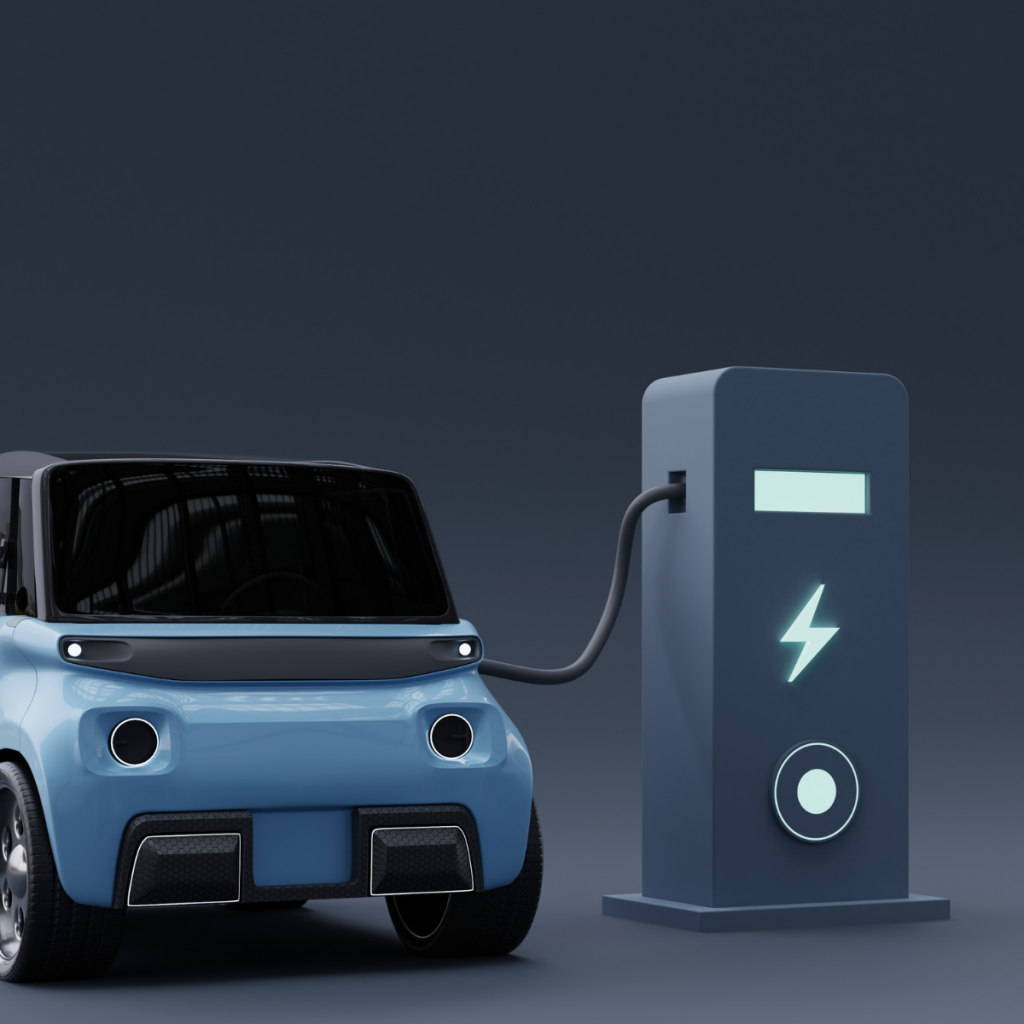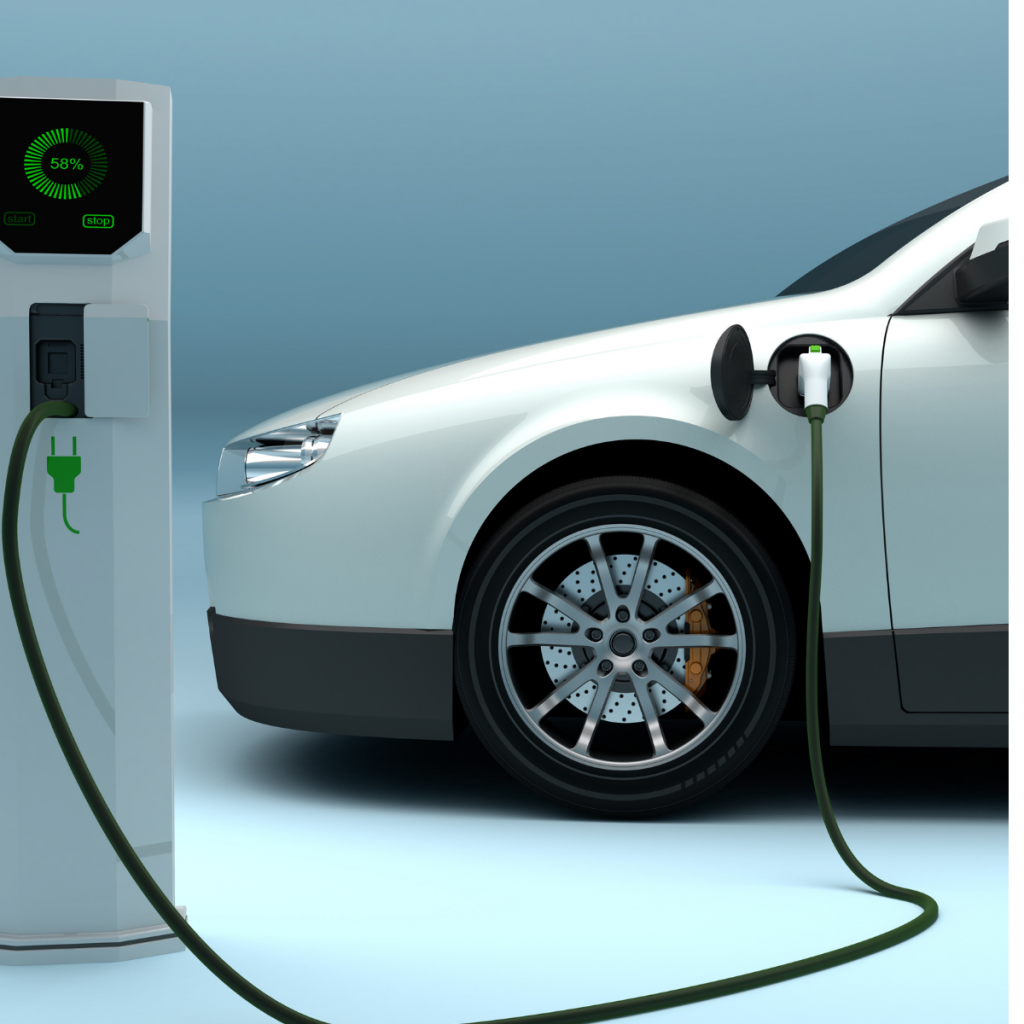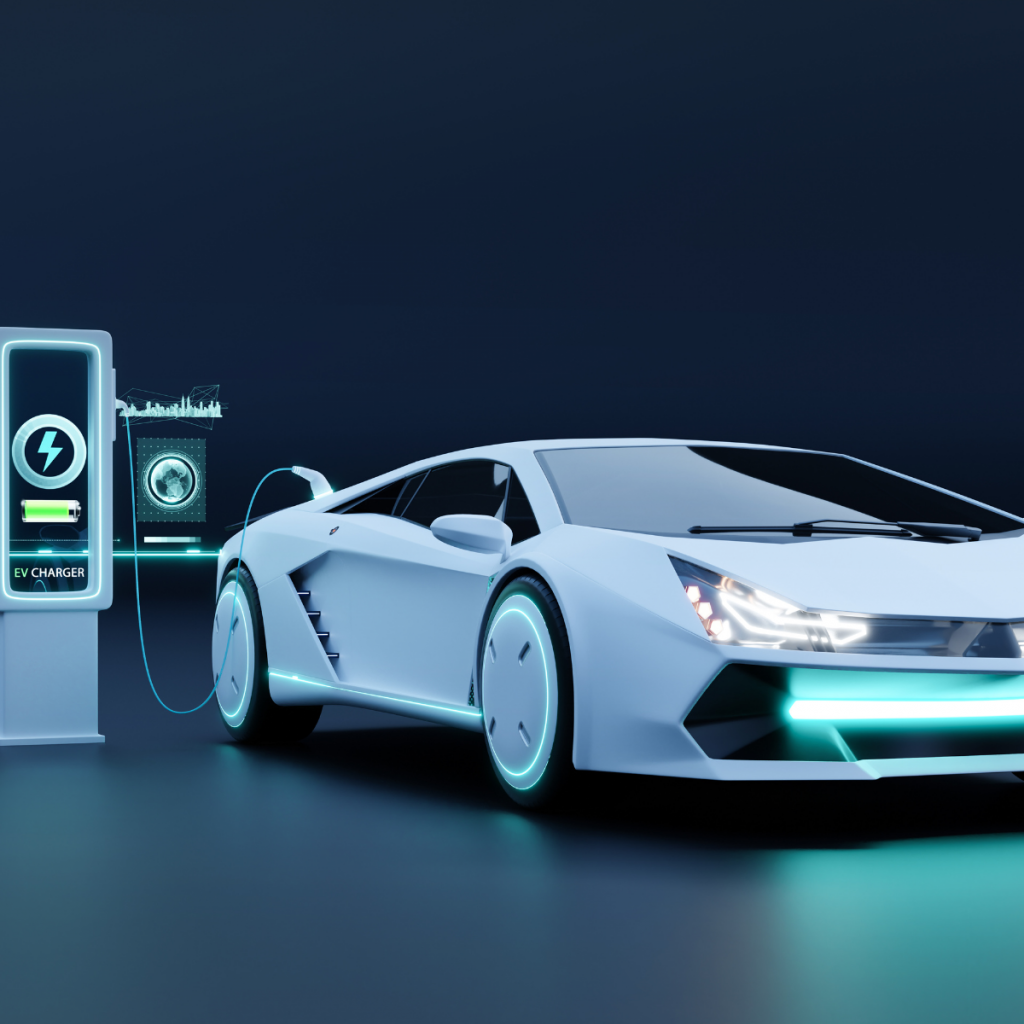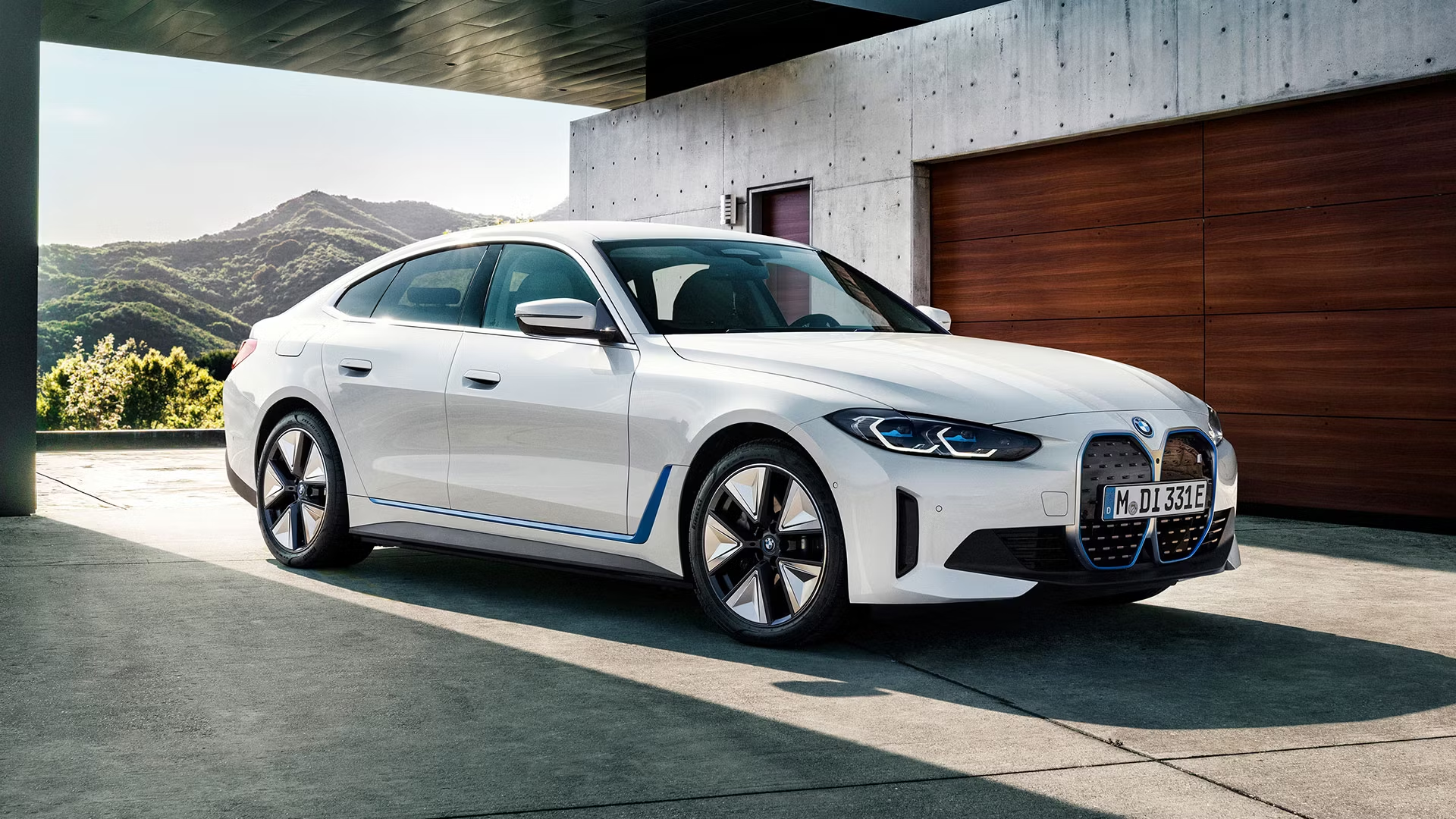Electric cars (EVs) have been gaining immense popularity over the past decade, thanks to their eco-friendly nature, cost savings, and technological advancements. As the world shifts towards cleaner energy sources, EVs have become an essential part of the automotive landscape. This article will explore how electric cars work, the associated costs, and their growth potential in the years to come. Whether you’re a curious consumer, a potential EV buyer, or just someone interested in the future of transportation, understanding the mechanics and economics of electric cars is crucial. Let’s dive into the world of electric vehicles and explore the factors driving their rapid rise.
How Do Electric Cars Work?
At the heart of every electric car is its electric powertrain, which consists of a battery, an electric motor, and an inverter. Unlike traditional vehicles that run on internal combustion engines (ICE), EVs operate entirely on electric power. Here’s how the components work together:

- Battery: The battery stores electricity and powers the motor. It is usually made up of lithium-ion cells, which provide a high energy density, ensuring that the car can travel long distances on a single charge. The size of the battery determines the vehicle’s range – the higher the capacity, the further it can go.
- Electric Motor: This is the heart of the EV, converting electrical energy from the battery into mechanical energy to move the vehicle. Electric motors are incredibly efficient and provide instant torque, which means a smoother and faster acceleration compared to gasoline-powered engines.
- Inverter: The inverter plays a key role in converting the direct current (DC) from the battery into alternating current (AC) that powers the motor. It also ensures that energy is used efficiently, enabling optimal performance and battery life.
- Regenerative Braking: One of the unique features of EVs is regenerative braking, which allows the car to recover energy while slowing down. When the brakes are applied, the motor runs in reverse, converting the vehicle’s kinetic energy back into electrical energy, which is then stored in the battery.
This efficient system means electric cars have fewer moving parts compared to traditional cars, which makes them less prone to wear and tear, requiring less maintenance.
The Cost of Electric Cars
While electric cars come with an array of benefits, one of the first things potential buyers often ask is: how much do they cost? The price of an electric car can vary widely, depending on several factors, including the brand, model, battery size, and the car’s features.
- Upfront Price: Generally, electric vehicles tend to have a higher upfront cost than gasoline-powered vehicles. This is mainly due to the expensive lithium-ion batteries used in EVs. However, the price gap has been narrowing over the years as technology improves and battery production becomes more efficient. Popular models like the Tesla Model 3 and Chevrolet Bolt are relatively affordable, with prices starting at around $30,000-$40,000.
- Government Incentives and Rebates: To encourage the adoption of EVs, many governments offer financial incentives, such as tax credits or rebates, which can significantly reduce the initial purchase price. In the U.S., federal tax incentives can save buyers up to $7,500, and some states offer additional rebates, lowering the cost further.
- Operating Costs: Electric cars are typically cheaper to maintain than their gasoline counterparts. EVs don’t require oil changes, and their brake systems tend to last longer due to regenerative braking. Charging an electric vehicle is also cheaper than filling up a gas tank. On average, the cost to charge an EV is about half that of refueling a gas-powered car.
- Battery Replacement: While electric car batteries have improved in terms of lifespan, they will eventually need to be replaced. The cost of replacing a battery can range from $5,000 to $15,000, depending on the vehicle model and battery size. However, most EV manufacturers offer warranties that cover the battery for 8-10 years or longer, making it less of a concern for the first owner.
- Resale Value: EVs historically have lower resale values than their gasoline counterparts, mainly due to concerns about battery degradation. However, as the EV market continues to grow and improve, resale values are expected to rise.
Growth Potential of Electric Cars
The growth potential of electric cars is enormous, as more people, automakers, and governments recognize their long-term benefits. With the increasing need for sustainable transportation and reducing carbon emissions, EVs are expected to dominate the automotive market in the coming decades. Here are some key trends contributing to the rapid growth of electric cars:

- Increasing Demand for Sustainable Transportation: As the world grapples with the effects of climate change, there is growing demand for cleaner alternatives to traditional fossil fuel-powered vehicles. Electric cars offer a significant reduction in carbon emissions, with some models emitting zero tailpipe emissions. With more countries setting ambitious goals to phase out gasoline and diesel vehicles, the demand for EVs will only continue to rise.
- Advancements in Battery Technology: One of the biggest challenges in the adoption of electric vehicles has been the range anxiety associated with battery life. However, advancements in battery technology are quickly addressing this concern. New batteries are not only more energy-dense but also charge faster and last longer. Solid-state batteries, which promise even greater efficiency, are currently being developed and are expected to revolutionize the EV market.
- Expansion of Charging Infrastructure: The availability of charging stations has been a significant hurdle for EV adoption. However, governments and private companies are investing heavily in the expansion of charging networks. In the U.S., for instance, the Biden administration has committed to installing 500,000 charging stations across the country. With faster charging stations and more accessible locations, EVs will become more convenient for everyday use.
- Government Regulations and Policies: Many countries are setting ambitious targets to reduce their carbon footprint and increase the adoption of electric vehicles. The European Union has announced plans to ban the sale of new gasoline and diesel cars by 2035, while several U.S. states are also implementing stricter emission regulations. These policies will push automakers to accelerate their transition to electric vehicles.
- Consumer Preferences and Market Trends: Consumers are increasingly looking for vehicles that offer more than just functionality. Electric cars are becoming synonymous with cutting-edge technology, smooth driving experiences, and sustainability. As automakers improve the design and performance of electric vehicles, more consumers are opting for them over traditional vehicles.
- Automaker Investment: Major car manufacturers like Volkswagen, General Motors, Ford, and BMW are heavily investing in electric vehicle development. These companies are working on producing a wider range of affordable EV models, including SUVs, sedans, and trucks. As competition increases, innovation will drive the development of even better vehicles with improved performance and lower prices.
Conclusion: The Future of Electric Cars
The future of electric vehicles is incredibly bright, as they continue to revolutionize the automotive industry. With significant advancements in battery technology, charging infrastructure, and government incentives, electric cars are poised to become the new normal in the coming decades. While the initial cost may still be higher than traditional cars, the savings on fuel and maintenance, coupled with growing environmental concerns, make EVs an increasingly attractive option for consumers.

As more automakers embrace electric vehicle production and as the global infrastructure for EVs expands, electric cars will no longer be seen as an alternative; they will be the primary choice for environmentally conscious drivers. The ongoing development in electric vehicle technology and growing governmental support for sustainable transportation point to a future where electric cars dominate the roads, contributing to a cleaner, greener planet.

Leave a Reply